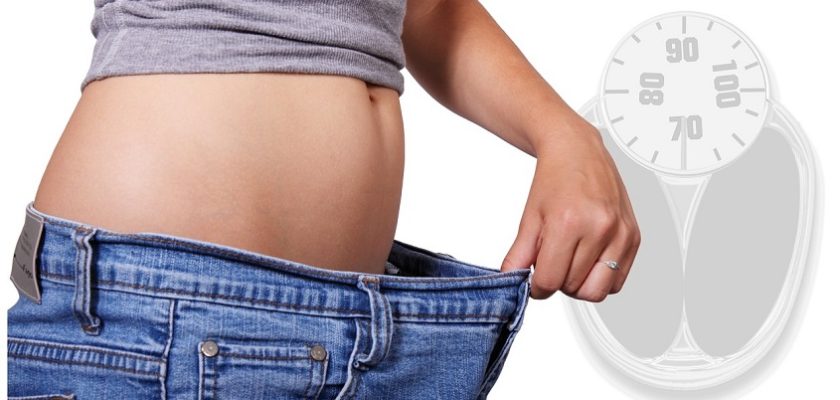The Benefits of High-Intensity Interval Training (HIIT) for Weight Loss and Fitness
- Posted on January 28, 2023
- By Vishakha Yadav
- Read 4 minutes

High-intensity interval training (HIIT) is a type of exercise that alternates short bursts of intense activity with periods of rest or low-intensity activity. It has been shown to be a highly effective way to burn calories and promote weight loss by increasing metabolism and improving the body’s ability to burn fat. Additionally, HIIT improves cardiovascular fitness, endurance, and overall fitness level. It’s a time-efficient way to get in shape, as it requires less time than traditional steady-state cardio.
The Science Behind HIIT
The science behind HIIT is rooted in the concept of “EPOC” or “Excess Post-exercise Oxygen Consumption,” which refers to the increased oxygen consumption that occurs after intense exercise. This increased oxygen consumption, also known as “oxygen debt,” is the body’s way of returning to its resting state and it can last for several hours after a HIIT workout. This means that the body continues to burn calories at an elevated rate even after the workout is over.
HIIT also causes an increase in adrenaline, which leads to an increased heart rate and calorie burn during the workout. The intense nature of HIIT also leads to an increase in muscle mass, which can boost metabolism and aid in weight loss. Additionally, studies have shown that HIIT increases the body’s production of human growth hormone, which promotes fat loss and muscle growth, more effectively than steady-state cardio.
HIIT for Weight Loss
HIIT is an effective tool for weight loss because it can burn a significant number of calories in a short period of time. The intense nature of HIIT causes the body to work harder and therefore burn more calories both during and after the workout. The EPOC effect, which I mentioned earlier, is responsible for the post-workout calorie burn, which can continue for several hours.
HIIT can also aid in fat loss by increasing the body’s ability to burn fat for energy. The high-intensity nature of HIIT causes the body to rely on stored fat for fuel during the workout, and the increased oxygen consumption after the workout helps to continue burning fat.
Examples of HIIT workouts that can be effective for weight loss include:
- Tabata, which involves 20 seconds of intense activity followed by 10 seconds of rest, repeated 8 times
- High-intensity circuit training, which involves a series of exercises performed at high intensity with short rest periods between exercises
- Sprints, which involve short bursts of intense running or cycling
It’s important to note that weight loss results may vary depending on the individual’s starting point, dietary habits, and overall lifestyle.
Healthcare professionals can recommend HIIT as a safe and effective form of exercise for weight loss, but it is important to advise patients to consult with a professional before starting any new exercise routine, especially if they have any underlying health conditions.
HIIT for Fitness
HIIT is not only effective for weight loss, but also for improving overall fitness. The intense nature of HIIT forces the body to work harder to meet the demands of the workout, resulting in an increase in cardiovascular fitness. This can lead to improved endurance, allowing the individual to perform activities for longer periods of time.
HIIT has been shown to increase the production of human growth hormone, which can lead to improved muscle mass, and overall fitness level. The increased muscle mass can also help to improve overall metabolism, which can aid in weight loss.
Examples of HIIT workouts that can be effective for fitness improvement include:
- Hill sprints, which involve running up a steep incline at maximum effort
- Plyometric exercises, such as jump squats, box jumps, and burpees
- Rowing machine intervals, which involve short bursts of intense rowing followed by short rest periods.
Safety and Considerations
HIIT is a demanding form of exercise that requires a high level of physical exertion, so it’s important to take certain precautions to ensure safety.
One of the main considerations is to make sure patients are cleared for high-intensity exercise by a healthcare professional before starting. Patients who have a history of heart disease, high blood pressure, or other cardiovascular issues should consult with a doctor before starting HIIT.
Another important consideration is to start slowly and gradually increase the intensity and duration of the workout. This allows the body to adapt to the demands of the exercise and reduces the risk of injury.
It is also important to have proper form and technique when performing exercises during HIIT workout. This will help prevent injuries and get the most out of the workout.
It’s also important to be mindful of the symptoms of overtraining such as fatigue, insomnia, and muscle soreness, and to take rest days as needed.
Modifications and alternatives can be provided for patients who may not be able to participate in HIIT. For example, low-impact exercises such as cycling or swimming can provide similar benefits, but with less stress on the joints.
Overall, HIIT is a highly effective form of exercise for weight loss and fitness, but it’s important for healthcare professionals to advise patients to take the necessary precautions to ensure safety and avoid potential risks and side effects.
